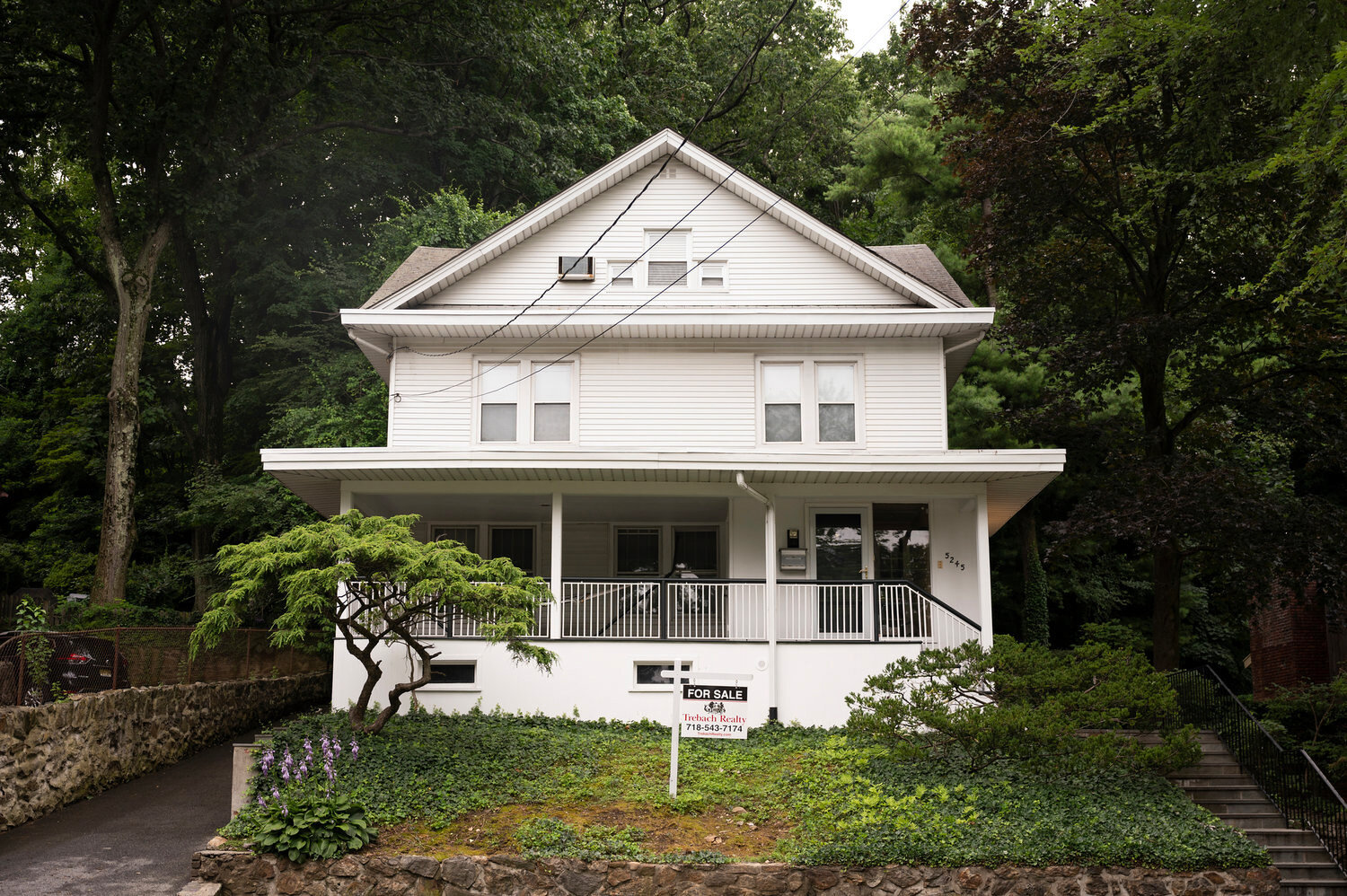Tenants won’t catch a break in city rental board vote
Agency floats increases up to 16% for rent-stabilized tenants
Rent-stabilized tenants received a somber update from the Rent Guidelines Board last week.
The board is contemplating rent hikes this year of up to 16 percent for tenants signing two-year leases and 8.5 percent for one-year leases. The figures are derived from an annual survey of landlord operating costs presented to RGB members April 20.
They set a baseline for the board’s deliberations, which recur annually in late spring to determine a fair rent adjustment for just under a million rent-stabilized apartments in New York City.
A series of public hearings, lobbying by landlord groups, and a few feverish weeks of tenant activism lie ahead. The board will hold a preliminary vote May 2. The final vote typically takes place several weeks later.
The RGB has toured the boroughs in years past to hear testimony from members of the public on rent adjustments, but it has not announced plans to do so this year.
The first public hearing will take place April 27 at 9:30 a.m. on the ninth floor of the David Dinkins Municipal Building, located at 1 Centre St. in Manhattan. The hearing will be live-streamed on YouTube.
Public participation swelled last year in the final weeks before the board voted to adopt the largest rent increase rent-stabilized tenants have seen in nine years – 5 percent for two-year leases and 3.25 percent for one-year leases. The adjustments went into effect last October.
Last year’s increases were within the “commensurate” range released last April, but well below the maximum proposed adjustment of 9 percent.
The 16 percent maximum increase proposed at the same stage this year would be “mind-boggling,” said longtime Rent Guidelines Board member Sheila Garcia, who served as a tenant representative on the board for nearly a decade until Mayor Eric Adams appointed Tenants & Neighbors executive director Genesis Aquino to take her seat a few weeks ago. On the same day, he also appointed a new public member, 1811Consulting chief executive Doug Apple.
All nine members of the Rent Guidelines Board are appointed by the mayor, with five seats for public members and two seats each for representatives of the city’s rent-regulated tenants and landlords.
During her tenure, Garcia raised questions about the board’s methods of investigating the state of the real estate industry.
She and Adán Soltren — the board’s other current tenant member — spoke about the topic ad nauseum, Garcia said. “They have the change in costs for landlords. Why doesn’t the RGB look at the change for tenants?” she wondered.
“The board has this really thoughtful way of talking about landlords’ experience. For me that’s really frustrating because we don’t do that for tenants. Last year we said evictions were really low, as if there wasn’t a moratorium.”
The Rent Guidelines Board is required to carry out research as part of its decision process every year, though they have made tweaks to the methodology over time.
The newest iteration of the price index of operating costs was presented to board members April 20. Inflation hit hard in 2022, the analysis found. Owners of buildings containing rent-stabilized units faced an overall increase in operating and maintenance costs of 8.1 percent since April of last year, according to the survey results.
Inflation in the New York metro area reached its highest point in more than 30 years during the same time period, rising 6.1 percent in 2022.
But such data points are drawn into board’s discussions from disparate sources, the tenant members lamented. Soltren proposed a similar study of cost increases for tenants. He said the board should review commensurate rent adjustments to keep tenants from becoming rent-burdened.
“I think it would be helpful to really look into — and commit to — trying to replicate a similar calculation for a tenant,” he said.
There are utilities and childcare, to name a few, he said.
Christina Smyth, a board member representing landlords, countered: “So hypothetically speaking, if costs of childcare, electric, heat, food is up across the board, this board is supposed to adjust based on those increased expenses?”
The board would soon be veering away from what Smyth described as their “mandate of sustainability of the buildings.”
But Soltren disagreed with that characterization. What exactly the board’s mandate is remains a matter of dispute, even as it has persisted in its mission continuously since New York City entered a housing emergency a half century ago.
Research that board staff members conduct during the off-season is part of a larger city function. The work is valuable to numerous city agencies. A massive undertaking known as the Housing and Vacancy Survey takes place every three years, providing the most definitive snapshot of the city’s rent-stabilized housing stock.
Last week’s meeting also included a presentation on information about multi-family mortgages reported by lenders this year. The survey found that non-performing loans comprised 0.5 percent of all rent-stabilized building portfolios reported by survey respondents. No lenders reported any foreclosures.
Garcia’s wish is for the Rent Guidelines Board to dwell less on minutia from bankers.
“A tenant said to me they had to take a cab from their house to the hospital, and that put them behind on rent,” she said. “That is not something the board members have ever experienced. These folks are so removed.”
As a tenant organizer with New Settlement in the Bronx, Garcia will remain close to the action this year. The turn-out at public hearings will send an important signal, she said. City councilors also hold sway over the vote when they take a stand.
“It was almost a decade of thinking this process doesn’t make sense,” she told The Riverdale Press.
Abigail Nehring is a corps member with Report for America, a national service program that places journalists into local newsrooms.






